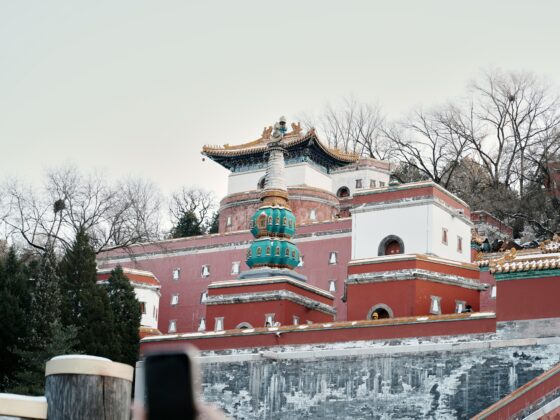Four Seasons is becoming the new Ritz-Carlton. And in case you forgot, Ritz-Carlton is just Marriott with lipstick.
Every luxury brand follows the same cycle. At the beginning, it’s uncompromising, rare, and obsessive about detail. Then institutional money arrives—private equity, sovereign capital, or public markets—and growth becomes the strategy. Standards bend, design flattens, and identity thins. What was once truly rare becomes merely aspirational luxury.
Ritz-Carlton proves the point. It was once the crown jewel of American hospitality. After Marriott took control, it became a carcass with branding—luxury theater for people who don’t know the difference. The same slide is underway at Four Seasons. Aman, for all its allure, will face the same pressures.
For allocators, this critical insight: you don’t want to invest in the next Ritz-Carlton. Neither do you want the next Four Seasons. You can’t underwrite scarcity when the business model depends on scale.
The very attribute that makes legacy brands attractive to growth capital—the ability to plant new flags in every market—is the attribute that destroys their long-term positioning. Every new opening dilutes the mystique. Every new tower blurs the edge. Once identity is eroded, no amount of marketing spend or capex can buy it back.
That’s why serious capital is flowing toward independents and micro-collections. The most valuable assets aren’t 300-key resorts with marble bathrooms. They’re sub-100-key properties that can’t be replicated: the thirty-six-key estate in Umbria that feels like a private world, the forty-two-key inn on the California coast that sets architectural benchmarks, or the lodge in Africa that books a year out because it embodies identity rather than volume.
When brands trade exclusivity for growth, they forfeit the crown. And the crown passes to the independents.
Allocators who understand this cycle know what to do. Forget the “next Four Seasons.” Instead, own the hotels that make Four Seasons irrelevant. That’s the future of luxury. They’re assets that resist scale, preserve integrity, and keep scarcity as their moat.
A forty-key hotel with uncompromised DNA will deliver better long-term returns than a four-hundred-key aspirational resort. It might not produce more EBITDA, but it will attract higher multpiles, a deeper buyer pool, and a stronger exit. That’s how long-term value is created in this market.
Legacy brands will keep generating cash flow serving aspirational luxury. There’s nothing wrong with that model. But the apex—the independents that remain rare and identity-driven—will command the highest premiums when they change hands.
Investors have a choice. They can chase yield in brands sliding downmarket, or they can invest in the independents that still make people stop and gasp when they enter the lobby.
For more on where true luxury value lives, follow Unspoken Hospitality. https://lnkd.in/gRc4FKKA







